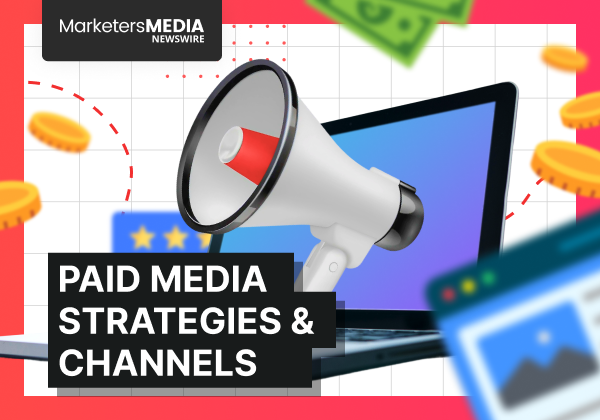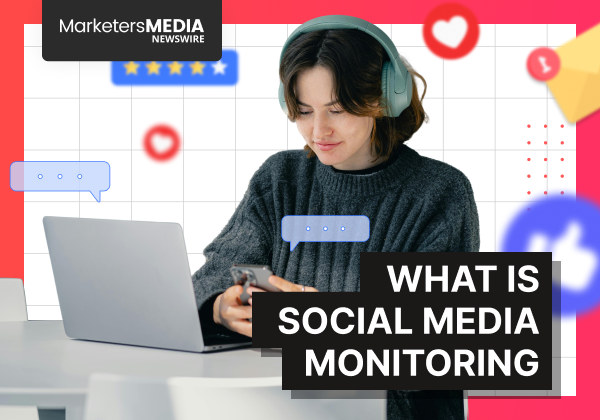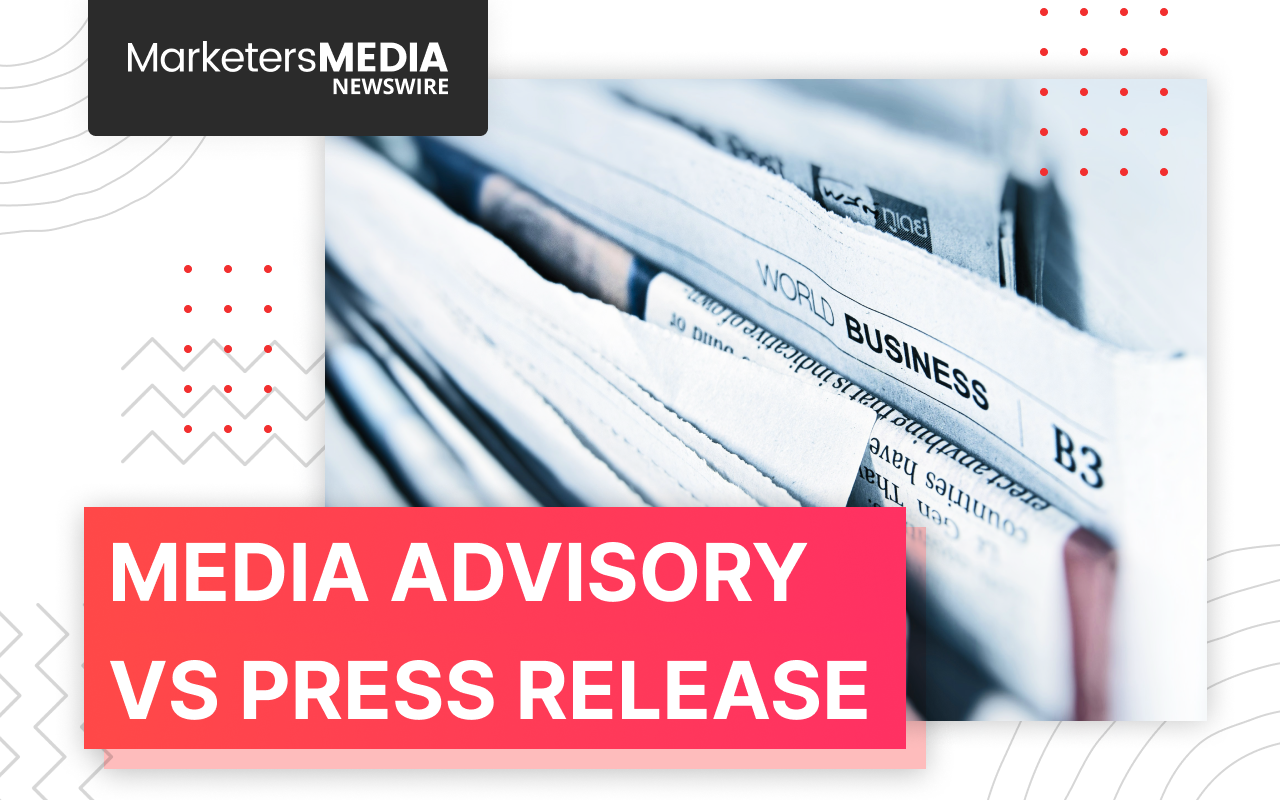What is Paid Media
Paid media is any marketing activity where a business pays to display content across digital channels—social platforms, search engines, or third-party sites.
The goal is to boost visibility and attract potential customers quickly.
This sets it apart from the other two pillars of digital marketing: owned media (your website, blog, email list) and earned media (reviews, shares, mentions).
While owned media gives you complete control and earned media builds trust through third-party validation, paid media offers something different: immediate reach with precision targeting.
Think of it as the accelerant in your marketing mix. It pushes your message beyond existing audiences and gives you granular control over who sees your message.
But that control comes at a price—literally.
Want to understand how paid media fits into the broader marketing ecosystem? Check out our complete guide to the PESO model.
Why Paid Media Matters
Amplified Reach and Visibility
A paid promotion can hit thousands of precisely targeted users in hours, and that speed matters when you're launching a product, entering a new market, or competing in a crowded space.
Precise Audience Targeting
Ad platforms let you zero in by demographics, interests, or behavior. That means your spend reaches people more likely to care about your offer, cutting wasted impressions.
Measurable ROI
Unlike organic efforts, paid media is fully trackable. Clicks, conversions, and cost per action are visible in dashboards. When management asks what you got for the budget, you’ll have clear answers.
Speed and Control
Organic marketing requires significant time investment, and benefits accumulate slowly. Paid campaigns deliver immediate results. Launch a campaign Monday morning, see traffic by Monday afternoon.
But this visibility is temporary. Once the budget runs out, the traffic stops. That's the trade-off for speed.
Challenges of Paid Media
High Costs and Budget Constraints
Advertising costs keep rising as competition intensifies. A budget of $500 last year might require $750 today for the same reach. For small businesses, this is a serious hurdle.
Ad Fatigue and Banner Blindness
Users see thousands of ads daily and have learned to tune them out.
Your audience might experience "banner blindness"—the cognitive ability to filter out promotional content automatically, which means your ad needs to work harder just to register in someone's consciousness.
Dependence on Platform Algorithms
Algorithms change constantly. What performs well today might tank tomorrow when the platform tweaks its delivery system. Since platforms own the audience relationship, you’re always building on rented land.
Consumer Trust
Paid ads face inherent skepticism. Viewers know you paid to be there, so credibility is lower compared to earned media. Overcoming the reflex of “they’re only saying that to make money” is part of the challenge.
Types of Paid Media Channels
Search Engine Marketing (SEM/PPC)
Pay-per-click ads are typically text-based advertisements appearing at the top of search engine results pages on platforms like Google and Bing.
Advertisers bid on keywords, and their ads display when users enter relevant search queries.
This captures intent. Someone searching "best camera for travel vlogging" is actively shopping. Your ad appears exactly when they're ready to buy.
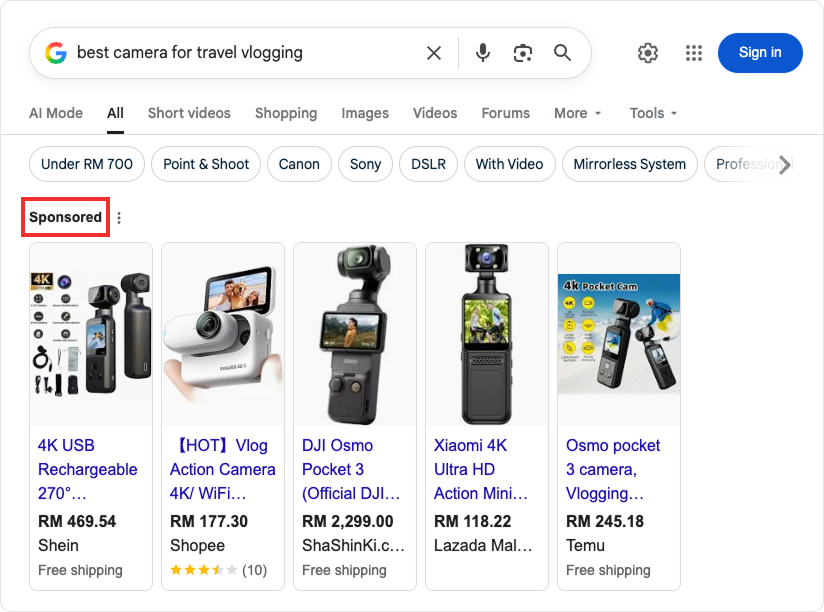
Paid Social Media
Social media ads appear on platforms like Facebook, Instagram, LinkedIn, and X. They target specific audiences based on demographics, interests, and online behavior, with formats ranging from image and video ads to carousel ads and sponsored posts.
Social platforms offer something search can't: the ability to reach people who aren't actively searching for your product yet.
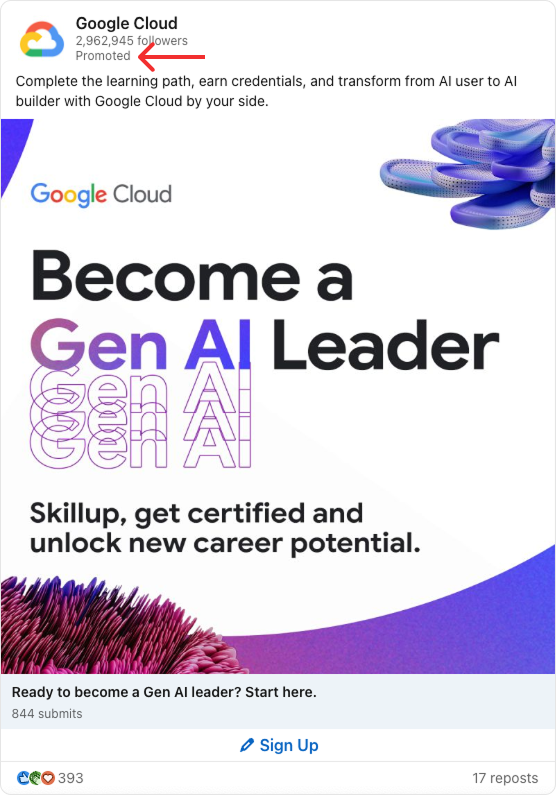
Display Advertising
Visual advertisements appearing on websites, mobile apps, and other online platforms. Often used for brand awareness campaigns and remarketing, where ads are shown to users who previously visited a website without making a purchase.
Display ads cast a wider net. They're less about immediate conversion and more about staying visible across the web.

Native Advertising
Ads designed to blend seamlessly with surrounding platform content. Often presented as "sponsored" or "recommended" content on social media and news sites. The non-intrusive nature can lead to higher engagement rates.
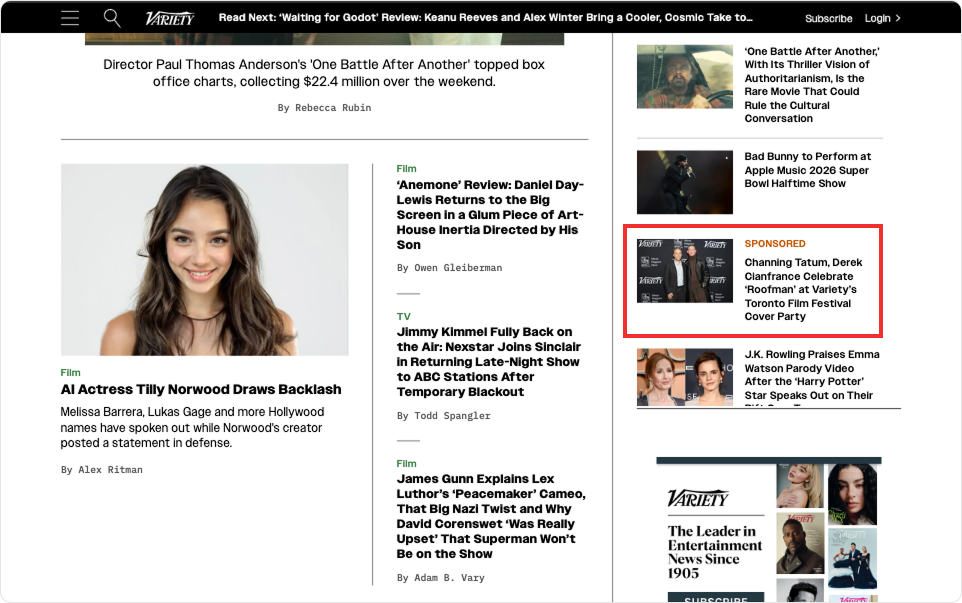
Video Advertising
Appearing on platforms like YouTube, Facebook, and streaming services, video ads can be skippable or non-skippable. Effective for storytelling, product demonstrations, and brand promotion.
Video combines visual impact with narrative power. It's also more expensive to produce and serves.
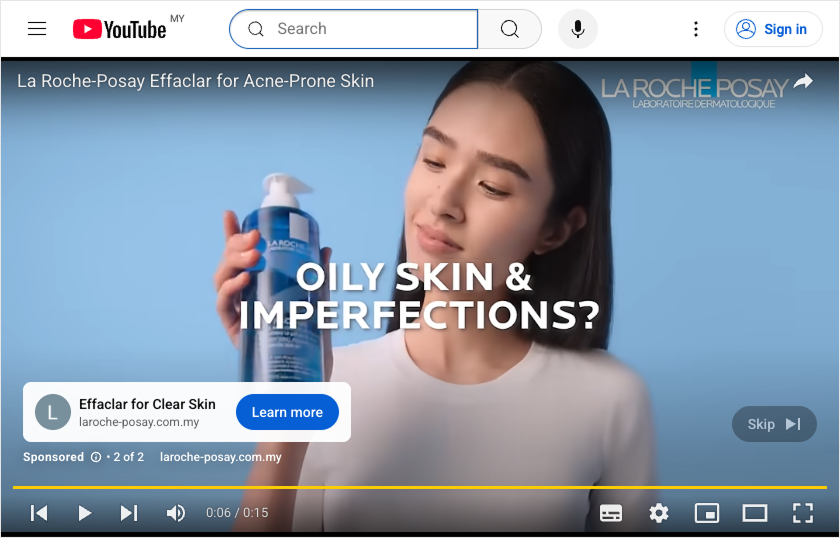
Paid Influencer Marketing
Partnering with content creators who have established audiences. You pay for access to their followers and their credibility.
The influencer's endorsement carries more weight than a traditional ad because their audience already trusts them. But you have less control over the message.
Audio Advertising
Ads on streaming platforms like Spotify, podcast networks, and digital radio. Audio captures attention during activities where visual media doesn't work—driving, exercising, cooking.
Affiliate Marketing
Partners promote your products and earn commission on sales. You only pay for actual conversions, making it lower risk than most paid channels.
The challenge is finding quality affiliates who represent your brand properly.
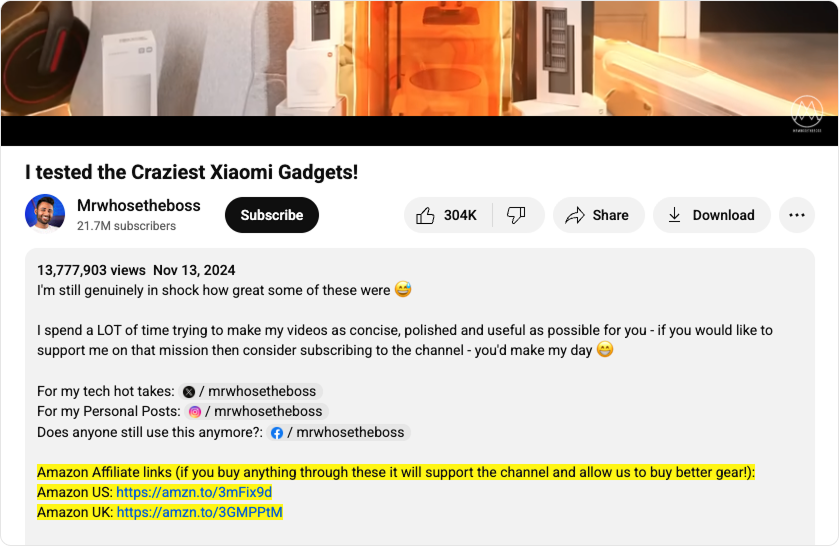
Out-of-Home (OOH/DOOH)
While traditionally physical (billboards, transit ads), digital out-of-home advertising has grown significantly. These placements reach people in public spaces with high foot traffic.
How to Create an Effective Paid Media Strategy
#1 Define Clear Goals
Vague aspirations should be replaced with a SMART framework: Specific, Measurable, Achievable, Relevant, and Time-bound. Instead of "increase sales," a SMART goal is "increase sales by 20% within three months."
Without measurable objectives, you can't accurately assess campaign performance. You're just spending money and hoping.
#2 Understand Your Audience
The process begins with thorough market research and development of detailed buyer personas. Who are they? What problems keep them up at night? Where do they spend time online?
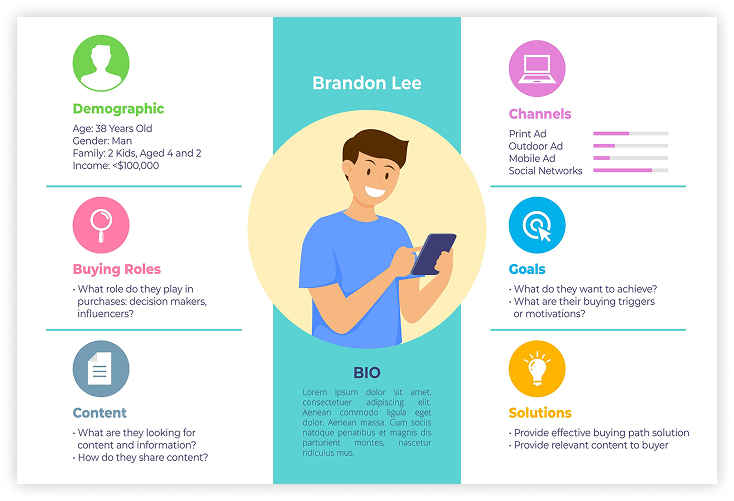
#3 Choose the Right Platform
Match platform choice to goals and audience behavior. B2B brands may find LinkedIn more effective, while B2C campaigns targeting younger audiences may thrive on TikTok. Focus resources on where your customers actually are.
#4 Craft Compelling Ad Creative
The creative must highlight the value proposition, use powerful and concise language, and include a strong call to action. Even with perfect targeting, boring ads don't convert.
Your creative answers three questions:
- What's in it for me?
- Why should I trust you?
- What do I do next?
#5 Set and Allocate Budget
Allocate budgets by objective and stay flexible. Increase spend on campaigns that deliver results, and cut or adjust those that underperform.
#6 Monitor and Optimize Continuously
A paid media campaign is not "set-it-and-forget-it." Constant monitoring and optimization are essential for ensuring positive return on investment.
A/B testing different ad creatives, headlines, and audiences identifies what resonates best with your target audience. The data from these tests informs strategy refinement over time.
Key Metrics for Measuring Success
While platforms offer numerous data points, focusing on those that directly correlate with business objectives is crucial.
- Return on Ad Spend (ROAS): The revenue generated for every dollar spent on advertising.
- Cost Per Acquisition (CPA): The cost of acquiring a new customer through advertising.
- Cost Per Lead (CPL): The cost of generating a new lead, such as an email signup or form submission.
- Click-Through Rate (CTR): The percentage of people who click on an ad after seeing it. A higher CTR generally indicates a more relevant and engaging ad.
- Conversion Rate: The percentage of people who take a desired action after clicking on an ad.
- Impressions: The total number of times an ad is displayed.
- Reach: The number of unique individuals who see an ad.
- Attribution Modeling: An advanced analysis to understand which touchpoints in the customer journey contributed to a final conversion.
A common challenge is the disconnect between what marketers know they should measure and what leadership wants to see.
Management often focuses on short-term metrics like ROAS, while a holistic strategy must also consider less direct metrics such as brand lift and long-term customer value.
Integrating Paid Media with Organic Efforts
Paid and organic marketing are complementary, not mutually exclusive.
Paid media can act as an accelerant for organic strategy, providing the initial boost a new business or product needs to gain market foothold and collect valuable data.
Promote Owned Content
Use paid channels to amplify owned content that's already performing well organically, extending its reach and potential for earned media mentions.
Target Competitive Keywords
Employ paid search to gain immediate visibility for highly competitive keywords that are difficult to rank for organically. This covers you while your SEO efforts build momentum.
Retarget Organic Visitors
Implement retargeting campaigns to re-engage users who previously interacted with your brand but haven't converted.
Many people visit a website but don't purchase immediately. Tailored ads to these warm leads can increase conversion likelihood.
Inform Content Strategy
Use insights from paid campaign performance—high-performing keywords, winning ad copy angles—to refine your organic content and SEO strategy. Your paid campaigns are essentially market research you're running at scale.
This tripod approach—paid, owned, and earned—ensures each channel strengthens the others.
Wrapping It Up
Paid media offers immediate results and precise targeting that organic methods can't match. But it requires significant financial investment, and results aren't sustained without continuous spending.
But the strongest brands don’t rely on it exclusively. They use paid strategically to amplify what’s working, reach new audiences, and fuel growth while building long-term equity through owned and earned channels.
The formula is straightforward: Start with clear goals, understand your audience deeply, and never stop testing. Precision and persistence are what make paid media pay off.
Frequently Asked Questions (FAQ)
Q: What is a Paid Media Specialist?
A: This is a professional responsible for creating, managing, and optimizing paid advertising campaigns across digital channels (like Google and Facebook) to achieve specific, measurable business goals.
Q: How do you stay current with updates and changes in paid advertising platforms?
A: This is a key organizational challenge, addressed by allocating time for continuous learning, regularly monitoring official platform blogs and industry updates, and attending relevant training or conferences.
Q: What is the best way to mitigate wasted ad spend in a campaign?
A: The best methods are aggressive A/B testing on creative and audiences, and continuous refinement of negative keyword lists to prevent your ads from showing for irrelevant search queries.
Q: What to ask when hiring a PPC freelancer to tell if they're good or not?
A: Focus on their strategic plan: how they will handle A/B testing, how they will report performance and adjust spend, and how they ensure campaigns align with your organization's overall branding goals.
Q: How do you prioritize and handle multiple campaigns with varying goals simultaneously?
A: By establishing clear SMART goals for each campaign to define success, and then allocating the majority of the budget and resources to the campaigns that are demonstrating the highest return on investment (ROI) and contributing most to the overall business objectives.
Free Press Release Template
Tell us where to send your PDF:
